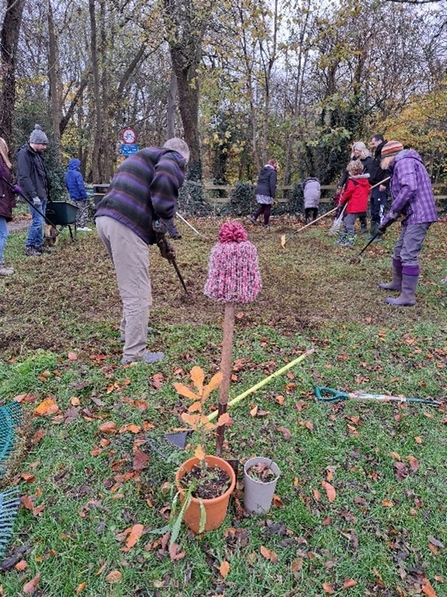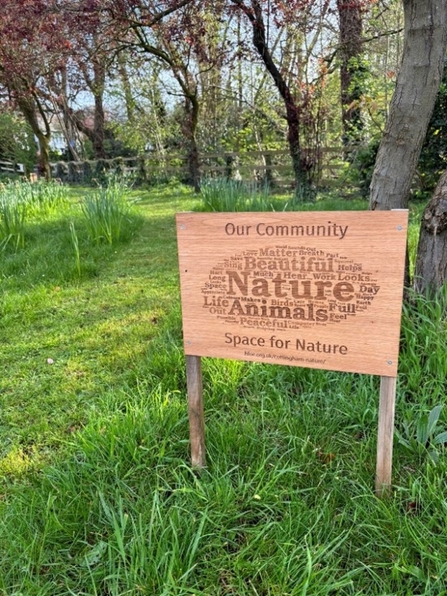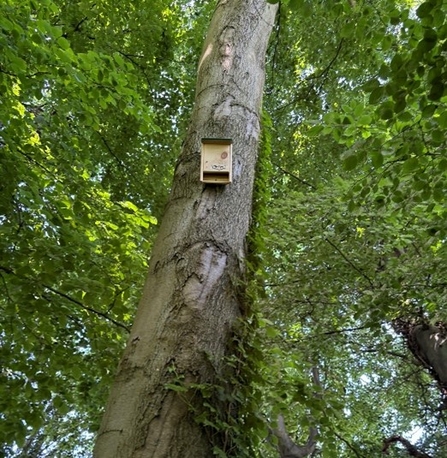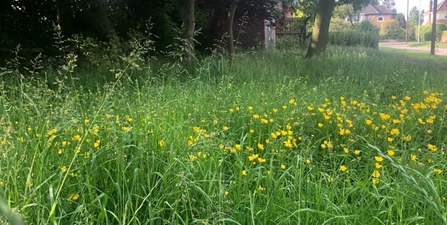The idea for Dene Wood nature area, started over a year ago after a conversation with local councillor Phil Redshaw on the potential for more wildlife friendly spaces in Cottingham (particular on verges with standard mown grass). Alongside Phil’s support, and with the help of some lovely community members and Yorkshire Wildlife Trust’s Andy Steele I am pleased to say it has developed into what I am calling an “experimental site”, and we are getting many encouraging comments from local residents pleased with what we have achieved so far.
Hopefully the following will provide inspiration to others who would like to do similar projects in their own patch.




